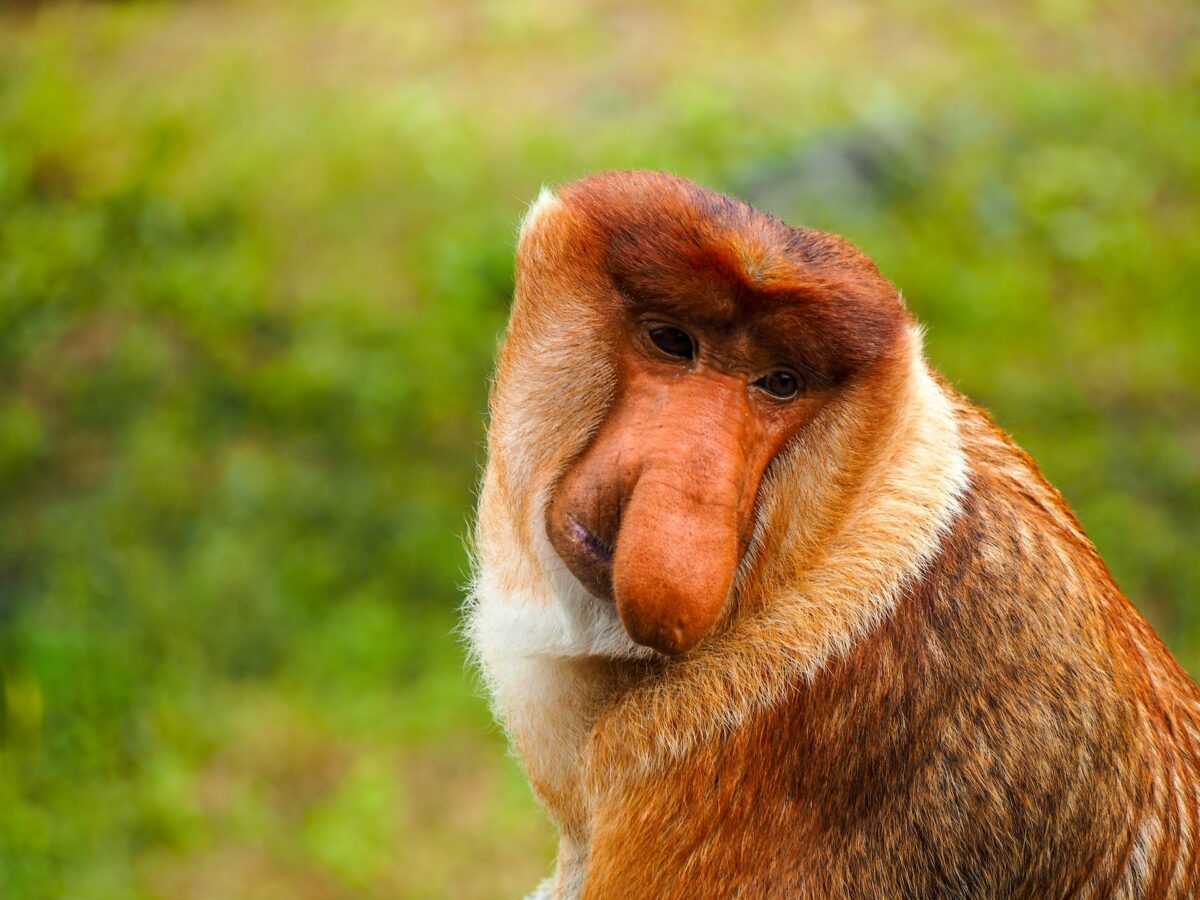Wildlife is an essential component of our ecosystem. Unfortunately, we are snatching the habitats of many animals, which is why the endangered species list is becoming longer. Here, we discuss 30 such endangered wildlife heroes that contribute greatly to maintaining balance in their ecosystems.
1. Black Snub-Nosed Monkey – A snub-nosed monkey exclusively found in Yunnan
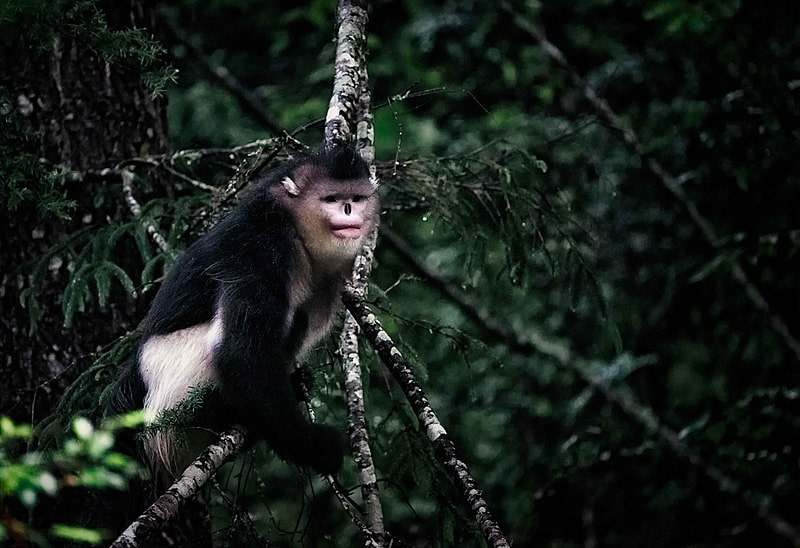
Among the endangered species list is the black snub-nosed monkey with its unique upturned nose. This “snub-nose” is due to a lack of nasal bones. Found in the snow mountainous area of south-western China, the black snub-nosed monkey is also known as the “King of the wildlife kingdom of Yunnan”. Its fermenting gut helps in extracting nutrients from lichens while eliminating toxins.
2. Black-Backed Jackal – An African animal with beautiful golden eyes
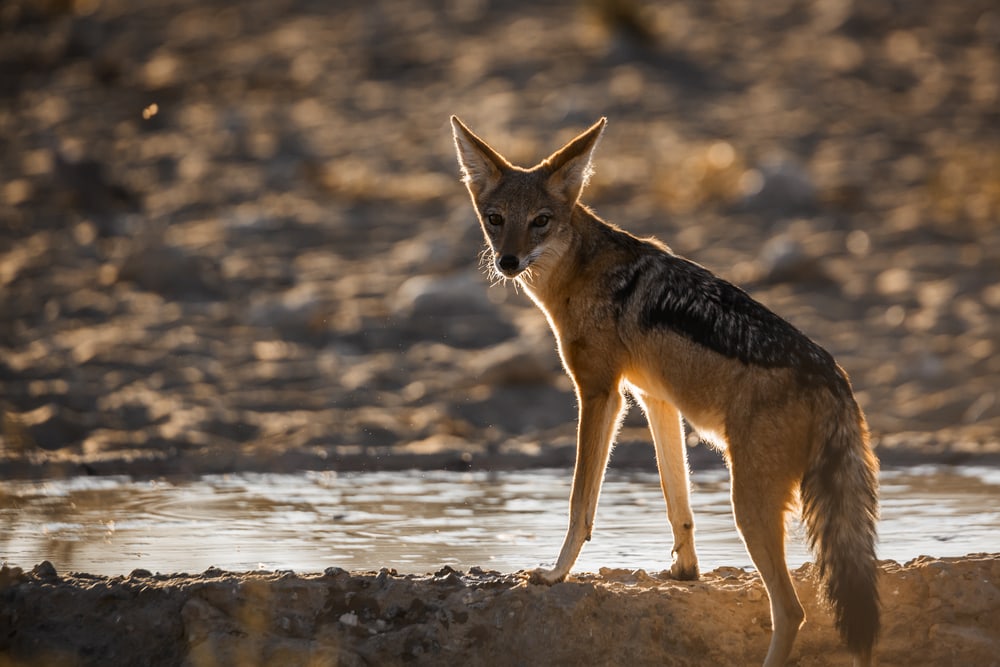
Endemic to Africa, black-backed jackals are both nocturnal as well as diurnal animals. They are omnivores and rely on domestic livestock, birds, insects, lizards, and even cubs of seals. They are known for their unique howling voice that is part of a typical night sound of the African wildlife kingdom.
3. Blue-Eyed Angle-Headed Lizard – An arboreal lizard of Malaysia
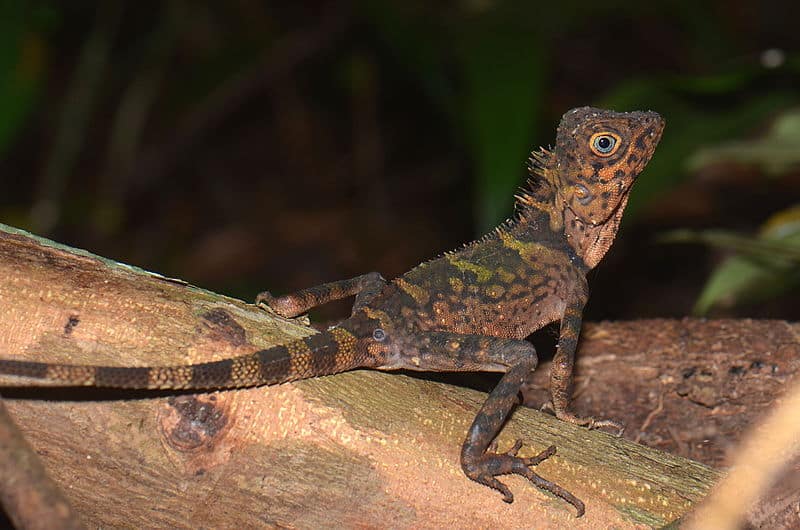
Blue-eyed angle-headed lizard is a beautiful creature of neon bright colors with scale patterns, long tails, and blue eyes. Being diurnal, they are usually found in lowland and swamp forests of southeast Asia, specifically in Peninsular Malaysia. Their size varies from 12 cm in females to 14.5 cm in males.
3. Cape Buffalo – A grumpy animal with enormous power
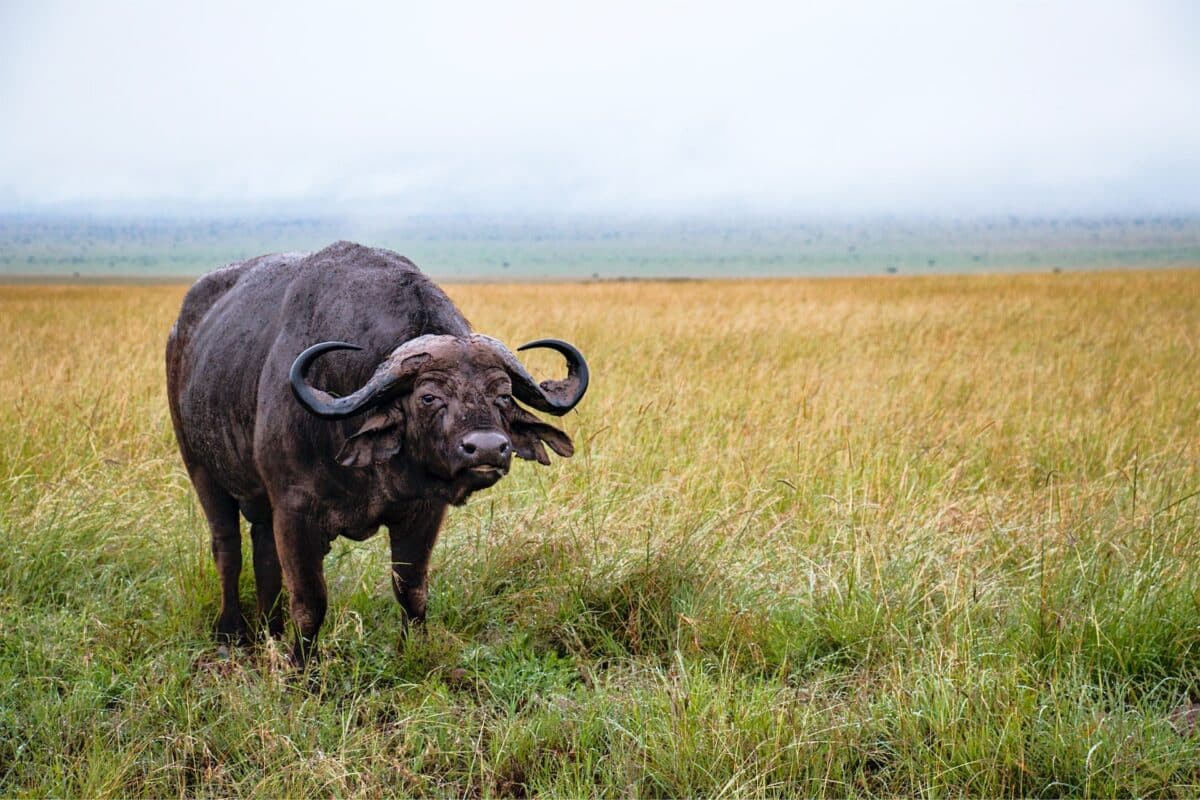
Cape buffalo is a bad-tempered mammal found in the forests of Central and sub-Saharan Africa. Though its legs are relatively short, Cape buffalo is usually identified by their thick, long, and curved horns. The horns of males, unlike females, meet in the middle of their heads, showing their dominance in mating.
4. Common Eland – The “Lion Killers”
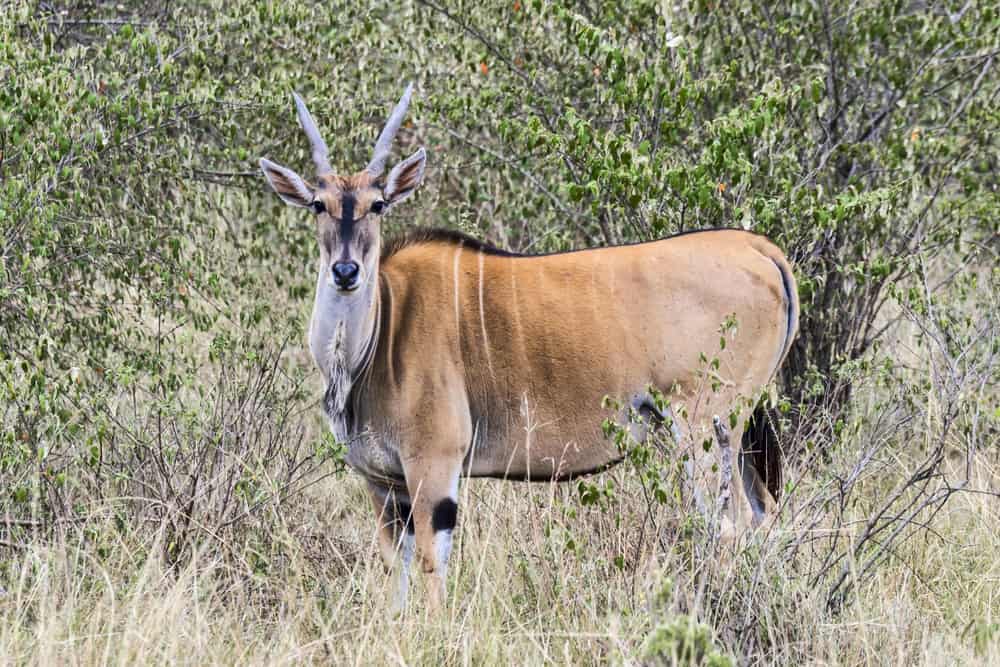
Being the largest antelope in Africa and the second largest in the world, the common Eland has enough defensive power to kill the lions. Owing to its enormous size, it is the slowest of the antelopes. Its horns are thick, spiraled, and ridged. Despite the herds of elands going up to 500, they are not territorial.
5. Defassa Waterbuck – Herbivorous mammal highly dependent on water
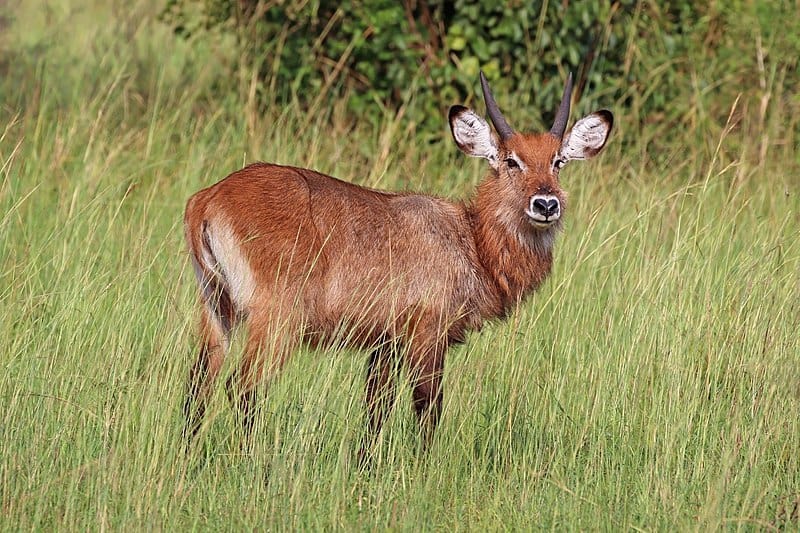
With long necks and shaggy hairs, Defassa waterbucks forage and ruminate on land. They are usually found in South Africa and can be distinguished due to their broad white patches on their eyes and rump. They are vulnerable to poaching and can be hunted down by predators like hyenas, lions, and leopards.
6. Dholes – Indian wild dogs
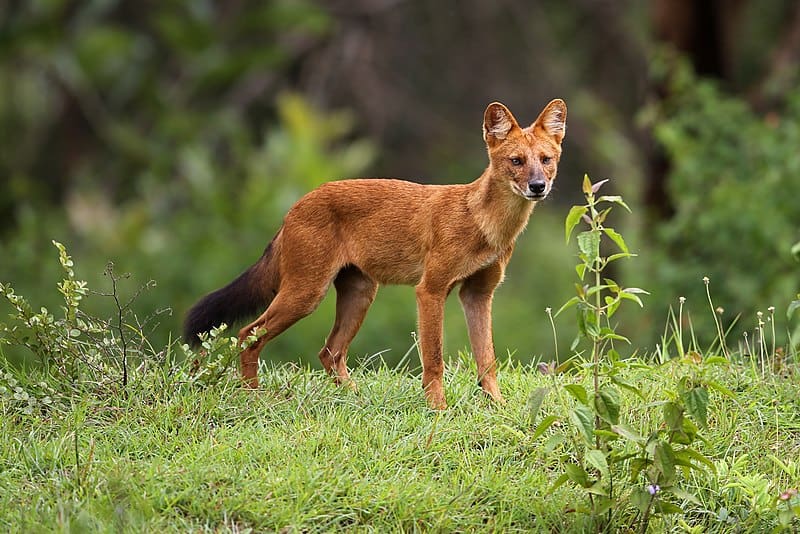
Listed as endangered by IUCN, Dholes are prone to habitat loss and livestock predation. They have rusted-colored fur and a dark tail but a long backbone. Though they have short legs, they can leap up to seven feet. Their paler throat, amber eyes, and rounded yet pointed ears make them look charismatic.
7. Glass Frogs – Unseen heroes of the animal kingdom, indicating the ecosystem’s health
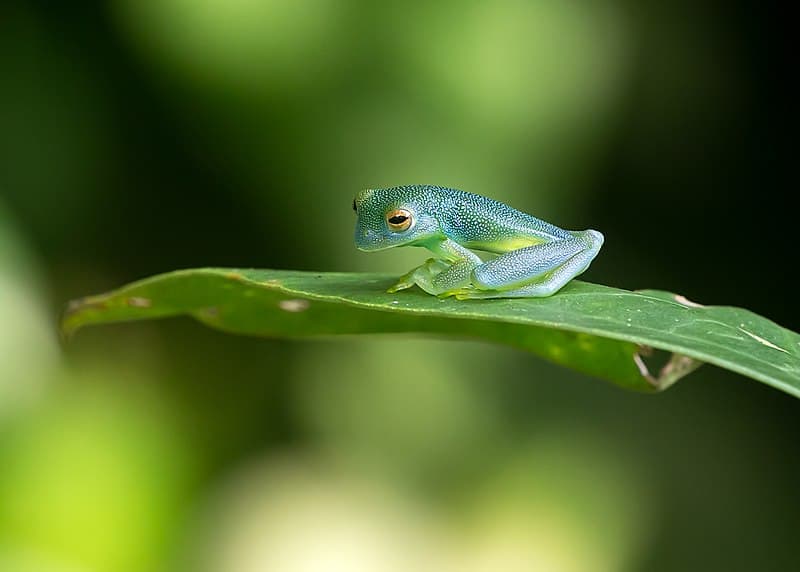
Glass frogs in Costa Rica are beautiful little lime-green frogs with transparent bellies. Their permeable skin is a sign of a good and healthy environment. They are nocturnal beings, and the yellow spots on their skin glow at night. Owing to their habitat loss, they are among the endangered species.
8. Golden Langur – Monkeys residing in the canopy
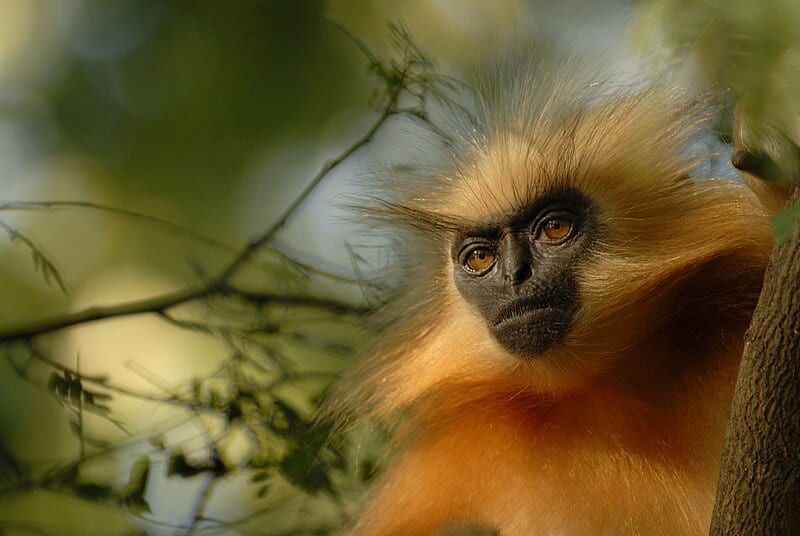
The golden langurs, identified by their thick golden furs, are usually found in the Black Mountains of Bhutan and the northeast parts of India. They are shy species and don’t leave the safety of the canopy. Also known as golden leaf monkeys, they are considered sacred species by various communities in the Himalayan region.
9. Grevy’s Zebra – Largest among the zebra equids
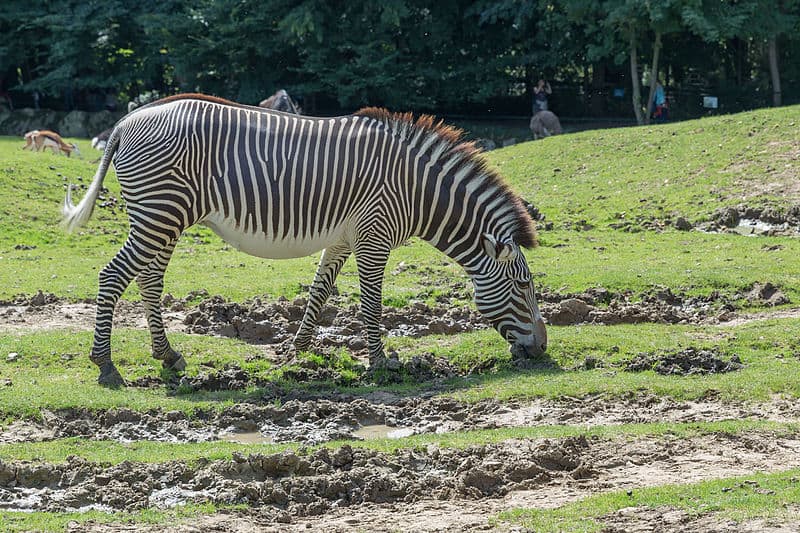
Grévy’s zebra has a mule-like appearance, long necks, narrow heads, and most prominent ears. Being on the endangered species list, they are found in parts of Ethiopia and Kenya. They have 80 black and white stripes over their brown skin. Their long legs, accompanied with keen eyesight, defend them from predators.
10. Hippopotamus – The “River Horse”
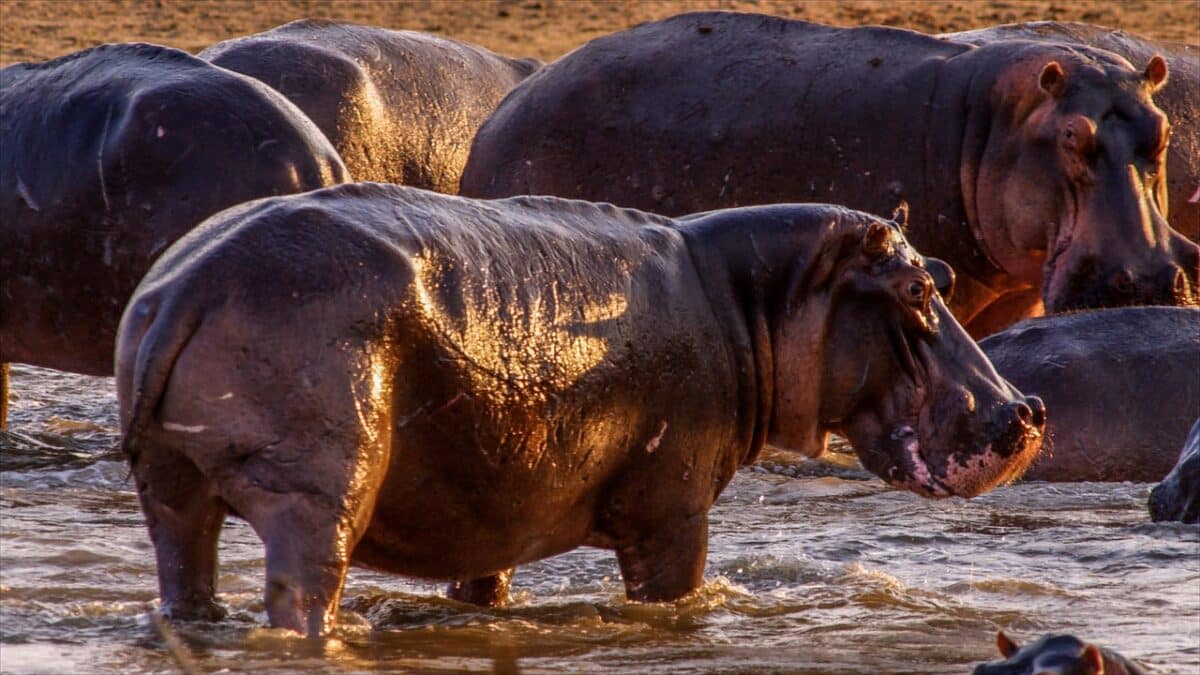
The hippopotamus is a semi-aquatic large mammal residing mostly in sub-Saharan Africa. Though they can’t swim, they like to move in and around rivers and lakes. Their greyish-brown skin secretes a red and oily lotion that serves as a natural sunblock. Underwater, they can hold their breath for five minutes.
11. Hoolock gibbon – Only Ape Species of India
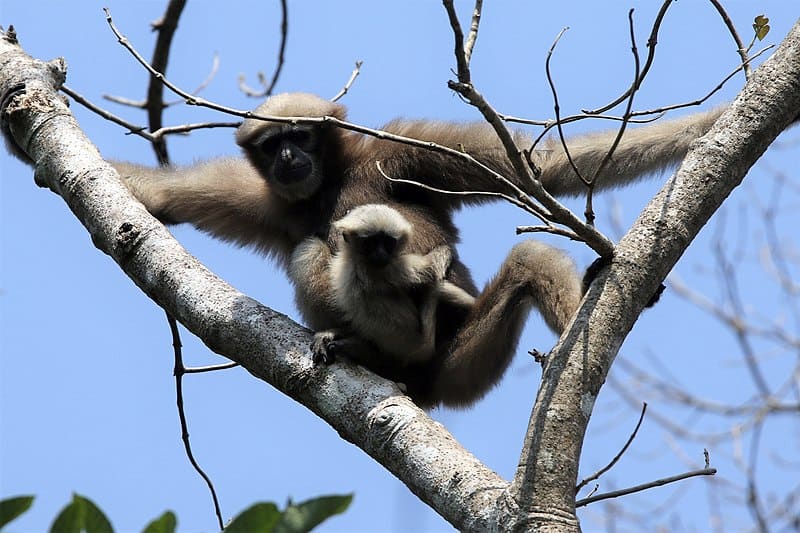
Hoolock gibbons are natives of tropical evergreen forests in India, Myanmar, Bangladesh, and China. They are smaller, and their face resembles a mask due to a white ring patch around their mouth and eyes. Though endangered and vulnerable, their short population communicates through vocal calls and harsh noise.
13. Impala – An African swift-running antelope
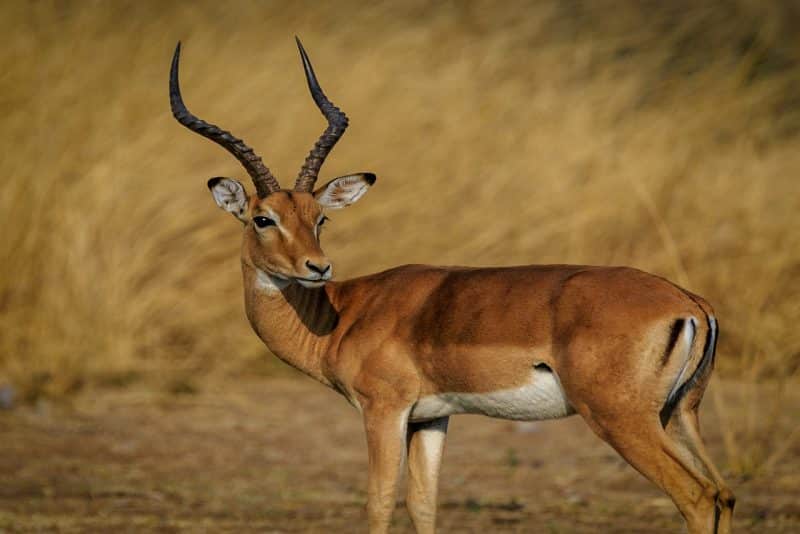
Impala is a medium-sized, slender antelope with a long neck and developed legs. It has reddish-brown skin with white hair under the eye line, throat patch, and buttocks. Both males and females have scent glands covered by black hair. Unlike females, males have long and spiraled horns up to 90 cm long.
14. Indiana Bat – Bat first discovered in the state of Indiana
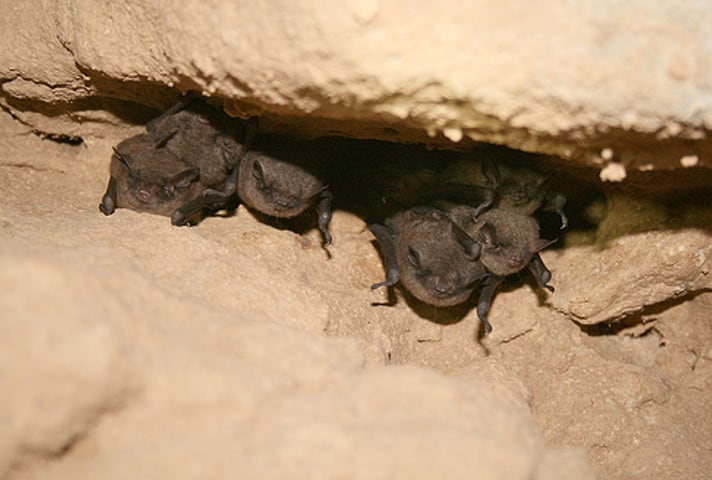
Like little brown bats, Indiana bats have brown or dark grey skin with soft fur. They are tiny mammals distinguished by their feet size and toe hair length. They communicate through a high-frequency sonar-like sound. Residing in old-growth forests of North America, they have been listed under endangered species since 1967.
15. Masai Giraffe – National Animal of Tanzania
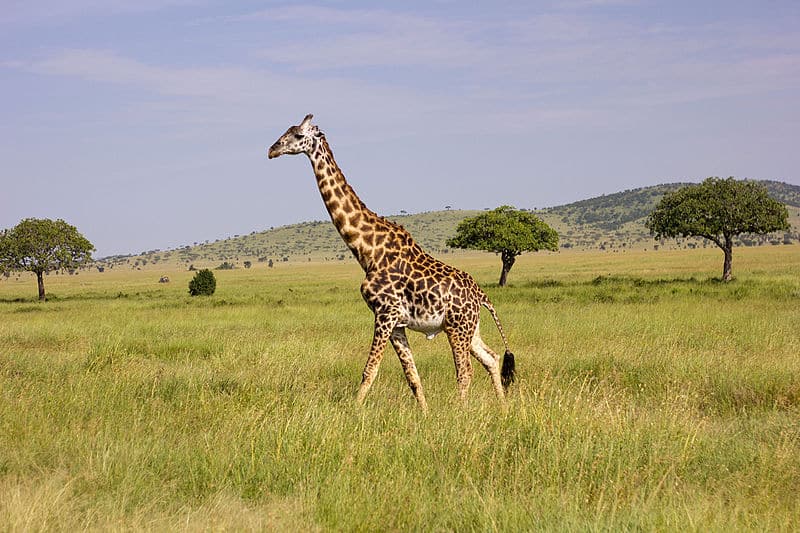
Largest among the giraffe species, the Masai giraffe has irregular, jagged spots on their skin. Their long tongue has a dark pigment, which acts as a natural sunblock. Their neck, which forms one-third of their total body height, has seven vertebrae. Being prone to habitat loss and poaching, they have been listed as endangered.
16. Nile Crocodile – The largest crocodile in Africa
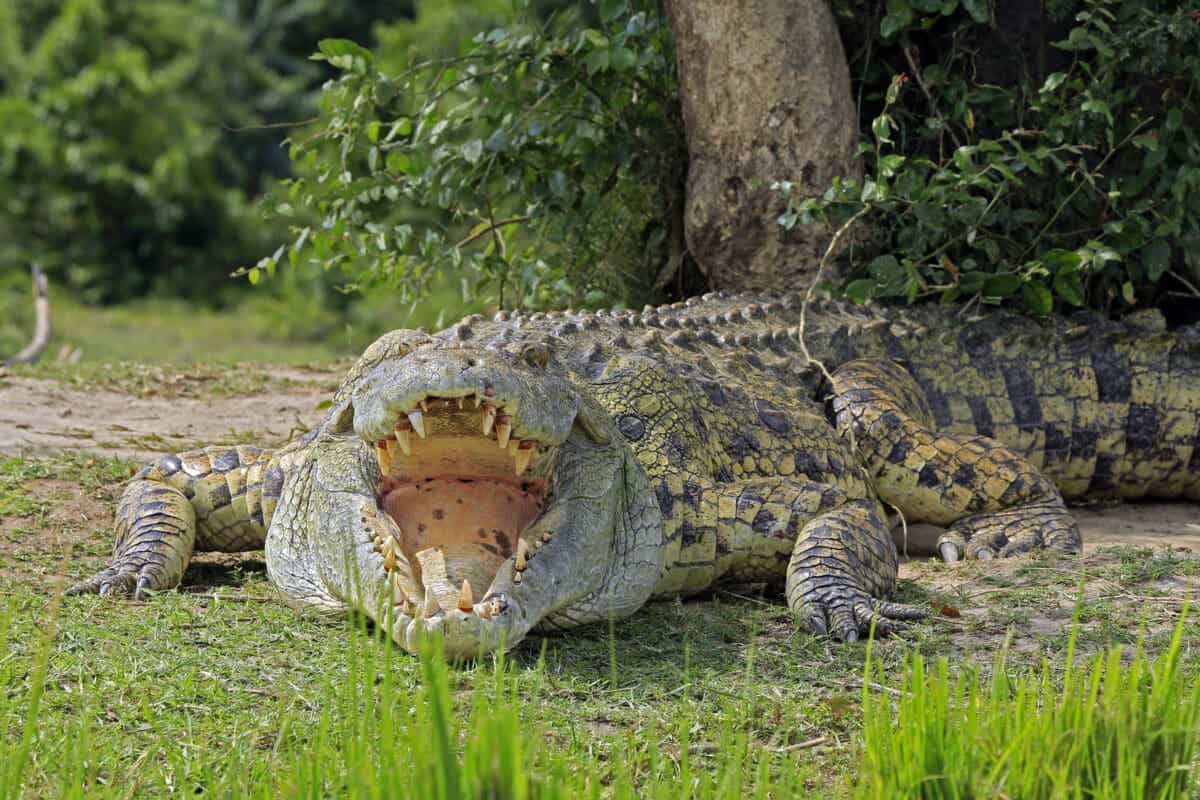
Native to 26 countries of Africa, the Nile crocodile has a brown or dark-olive streamlined body with a long tail and powerful jaws. Its throat has a valve by which it can move around in water with its mouth open to hold fish without ingesting water. Being a highly aggressive predator, it helps to balance the ecosystem.
17. Olive Baboon – Member of The “Old-World” Monkey Family
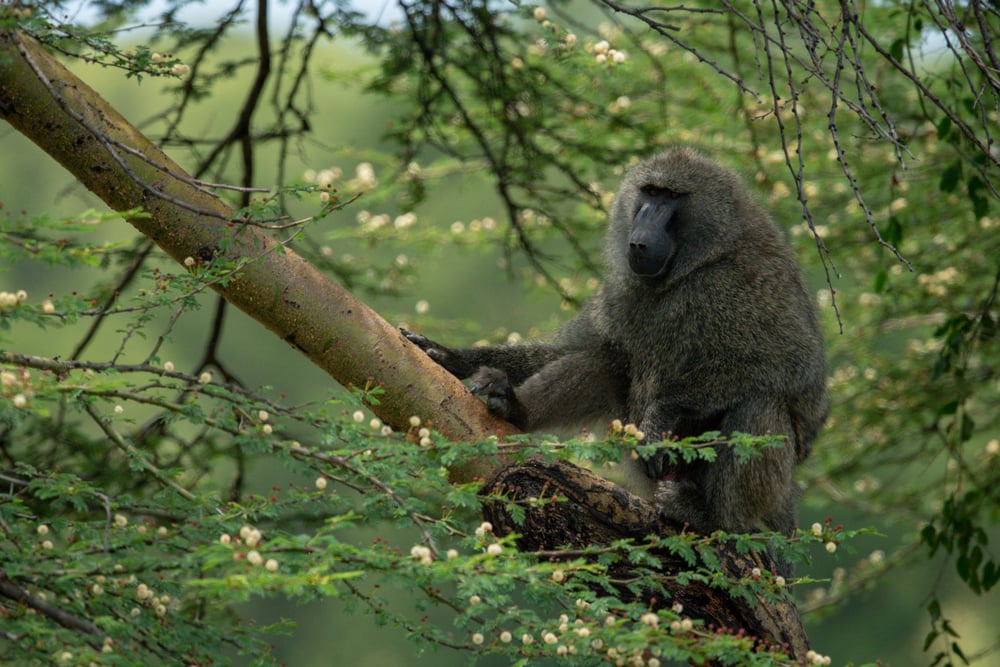
The Olive baboon is named after its olive-colored body, covered with coarser grey or black hair. It can quickly adapt to different geographical areas since it relies on various diets. Its long tail of up to 23 inches seems erected in the first quarter and then sharply dropped down.
18. Pangolin – Most trafficked mammal in the world
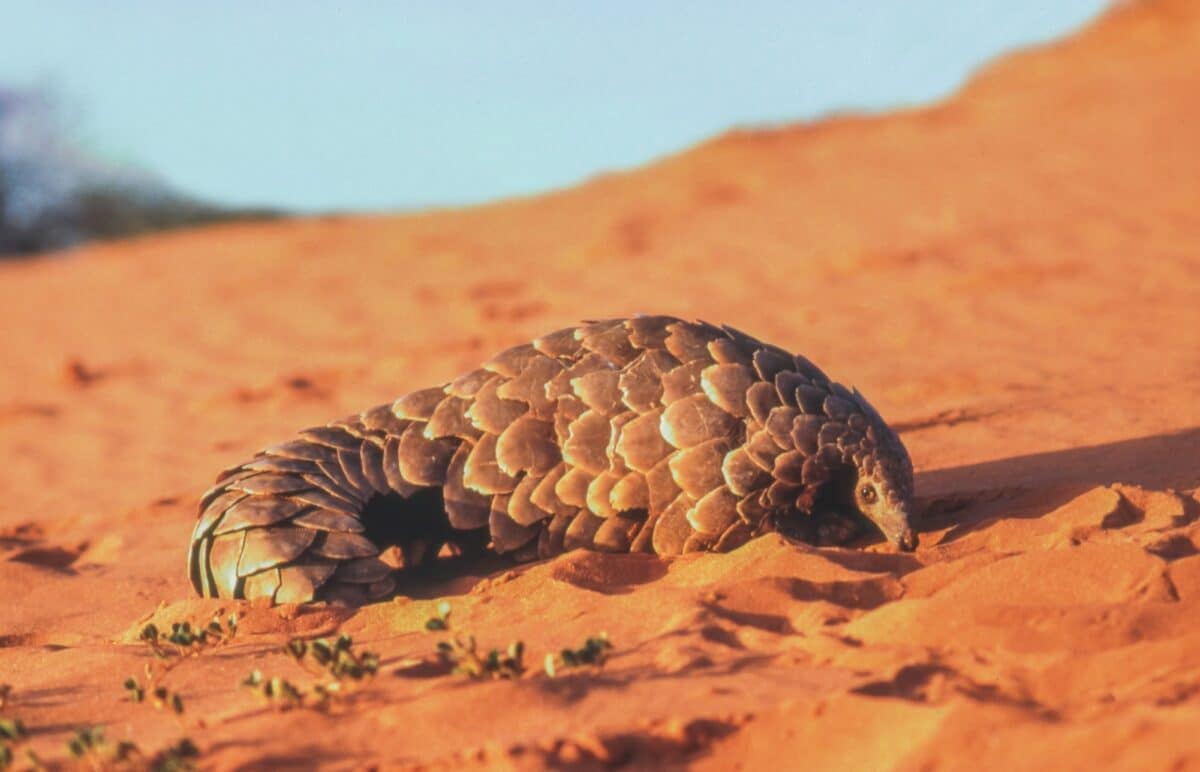
Found in Africa and Asia, pangolins are nocturnal beings distinguished by large and pointed brownish scales all over the body. They can roll themselves completely into a ball in self-defense. They have a sticky wormlike tongue that surpasses their own body’s length. Their tiny hind legs have enormous claws.
19. Peregrine Falcon – Fastest bird on the Earth
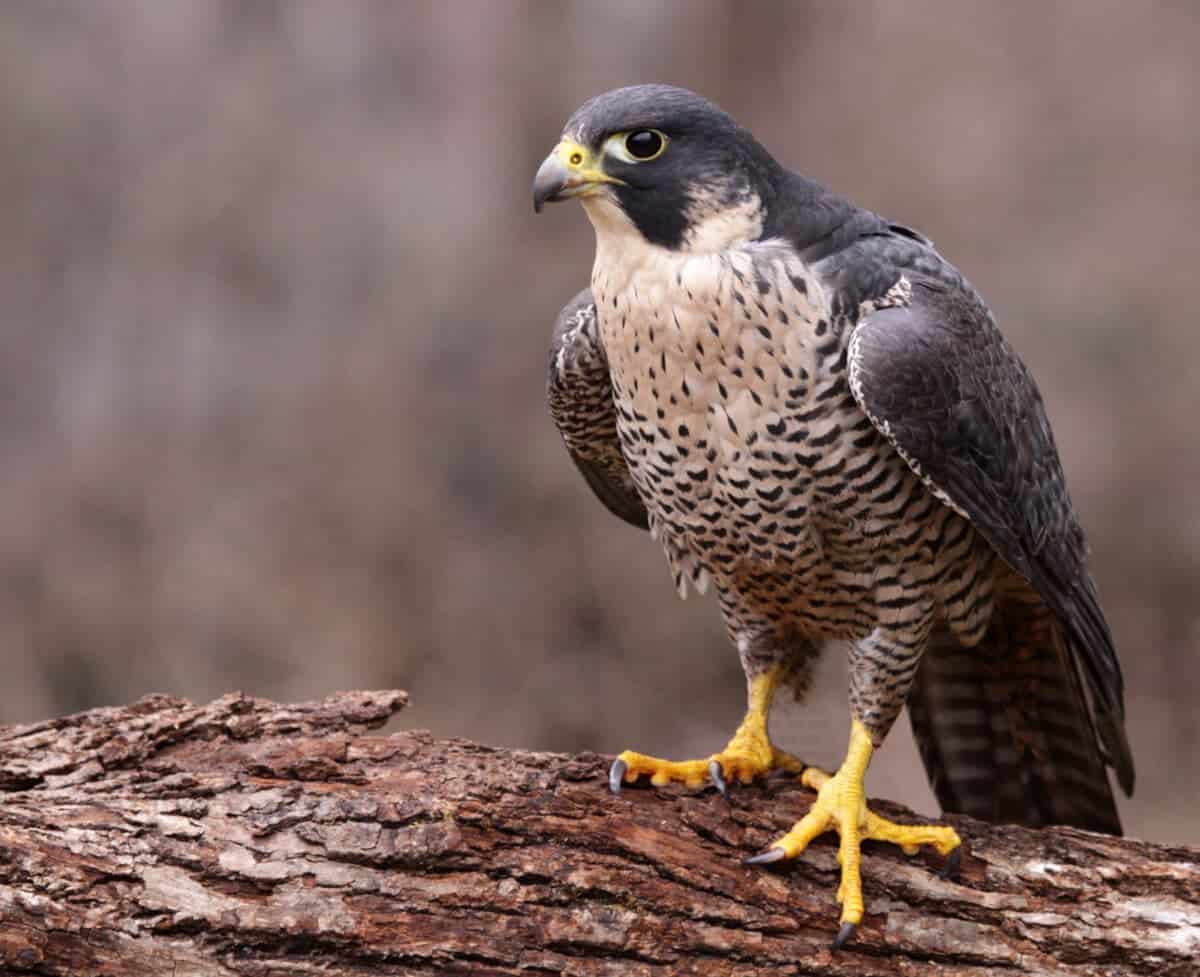
The peregrine falcon, found in North America, is almost the size of a crow. A short tail accompanies its long-tapered blue-grey wings. It has a dark head with black stripes on its white face. Renowned for its highest speed of 389 Kmph, this falcon can suddenly stoop to catch its prey.
20. Plains Zebra – The most geographically dispersed category of zebra
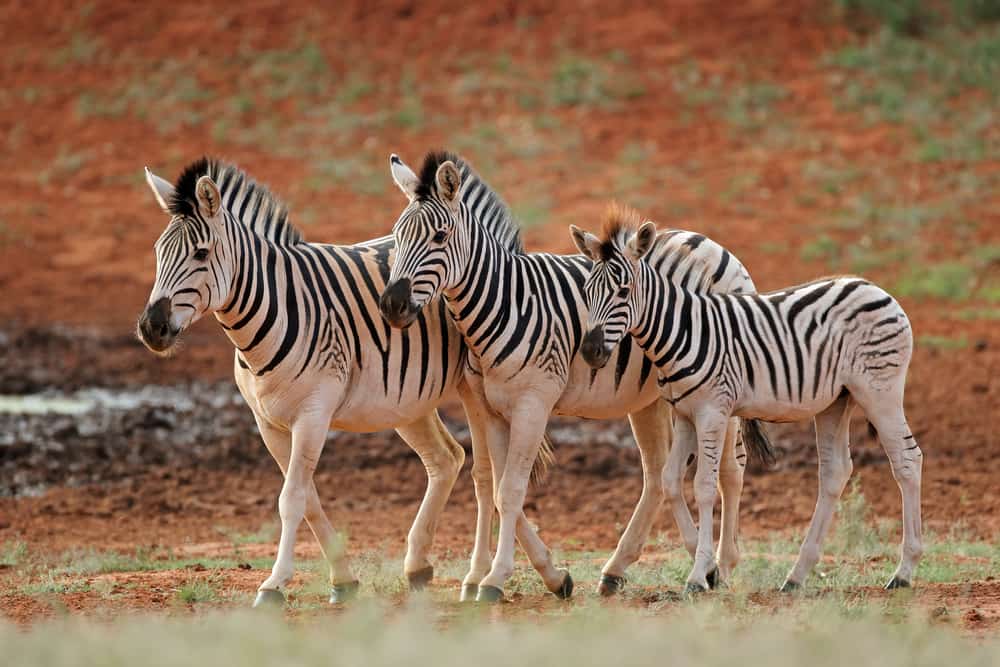
Though traced first in North America, plains zebra are now found mostly in Africa. Plains zebra have distinct black and white strips spread horizontally and vertically while meeting in the middle of the body. The coating on these strips serves as a reflector, preventing zebra from scorching heat. The unique fact is that each plain zebra has a different strip pattern.
21. Proboscis Monkey – The fastest swimming monkey
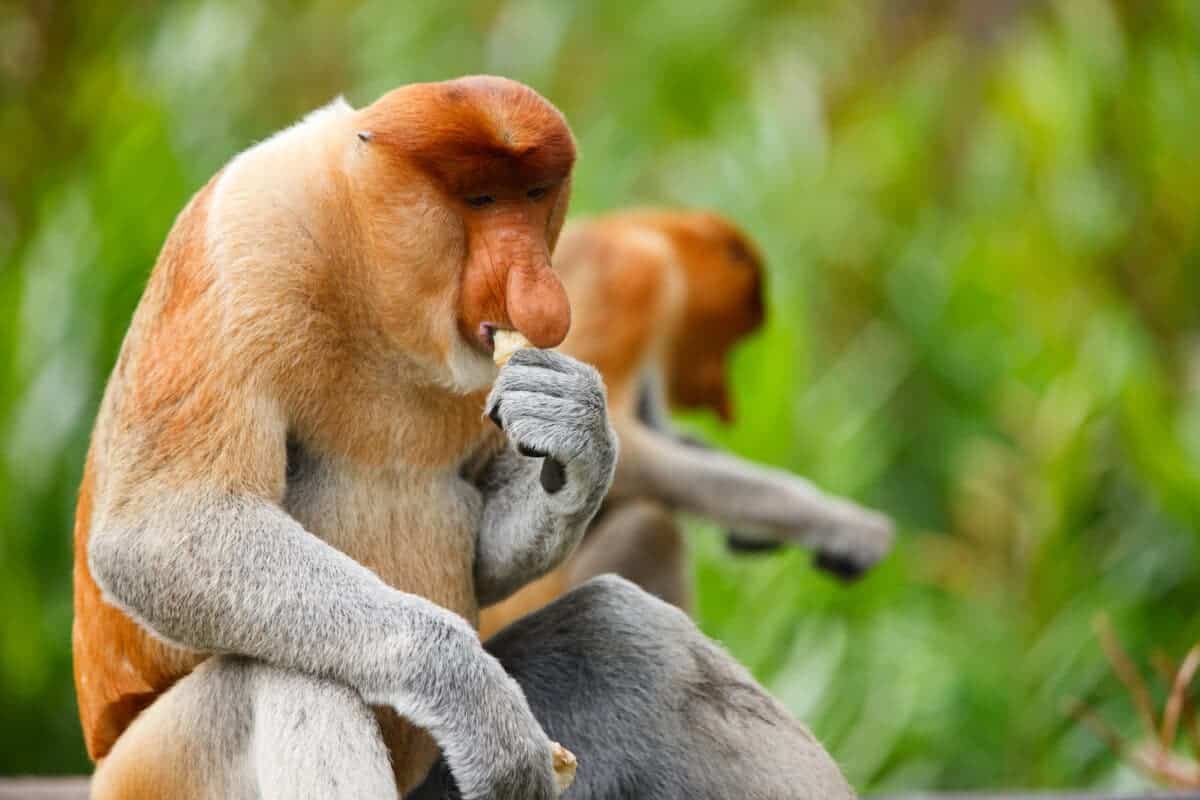
Residing in the swampy forests of Borneo, the Proboscis monkeys are well known for their long, protruding noses. This nose is more extended in males than females and helps to create an echo chamber for mating. The orangish-coated body of the Proboscis monkey with grey arms and legs makes them photogenic. Their white webbed feet make them good swimmers who can swim 20m underwater.
22. Pygmy Three-Toed Sloth – The most critically endangered mammal in the world
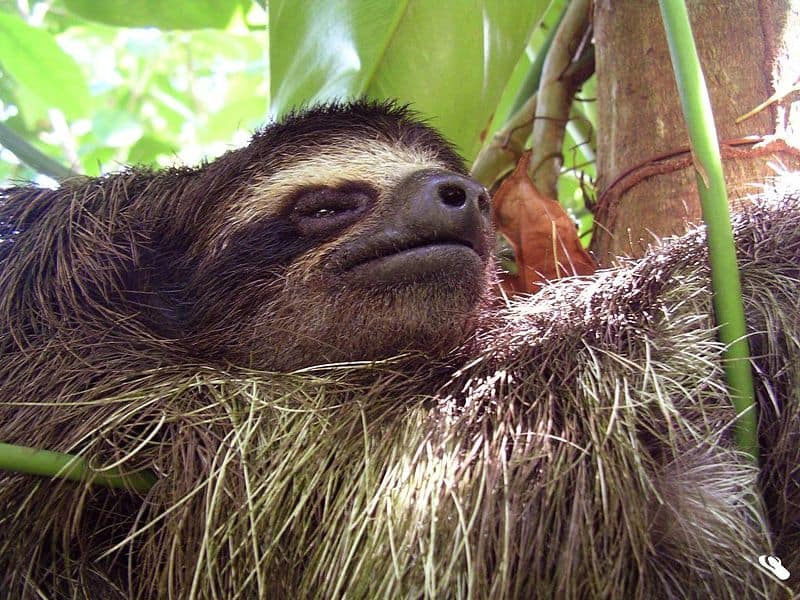
Exclusively to be found on a small island near Panama, this pygmy three-toed sloth is an arboreal species and lives in the canopy of mangrove forests. Though it moves at a relatively slower speed of 0.15mph, it is a good swimmer. Its fur has a symbiotic green algae that acts as its camouflage.
23. Red Fox – Helpers for farmers
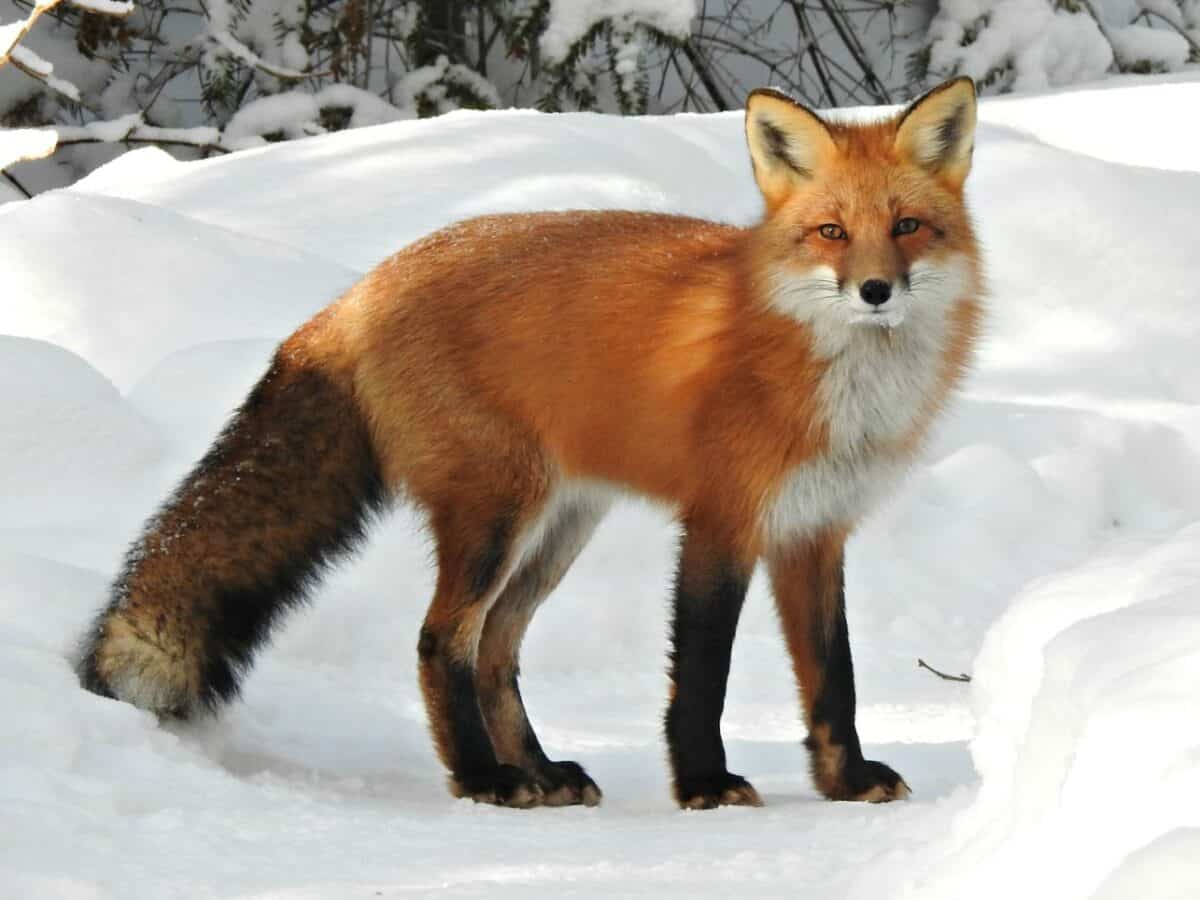
Largest among the “true foxes” and a part of “Jackson’s ecosystem”, red foxes are found in the Northern Hemisphere. They are distinguished by their fluffy tail, which surpasses half of their body length. They are carnivores and usually choose rodents or rabbits as their prey. Their dietary habit helps curb the overpopulation of animals that harm the crops.
24. Red Panda – Shy mammal with a “false thumb”
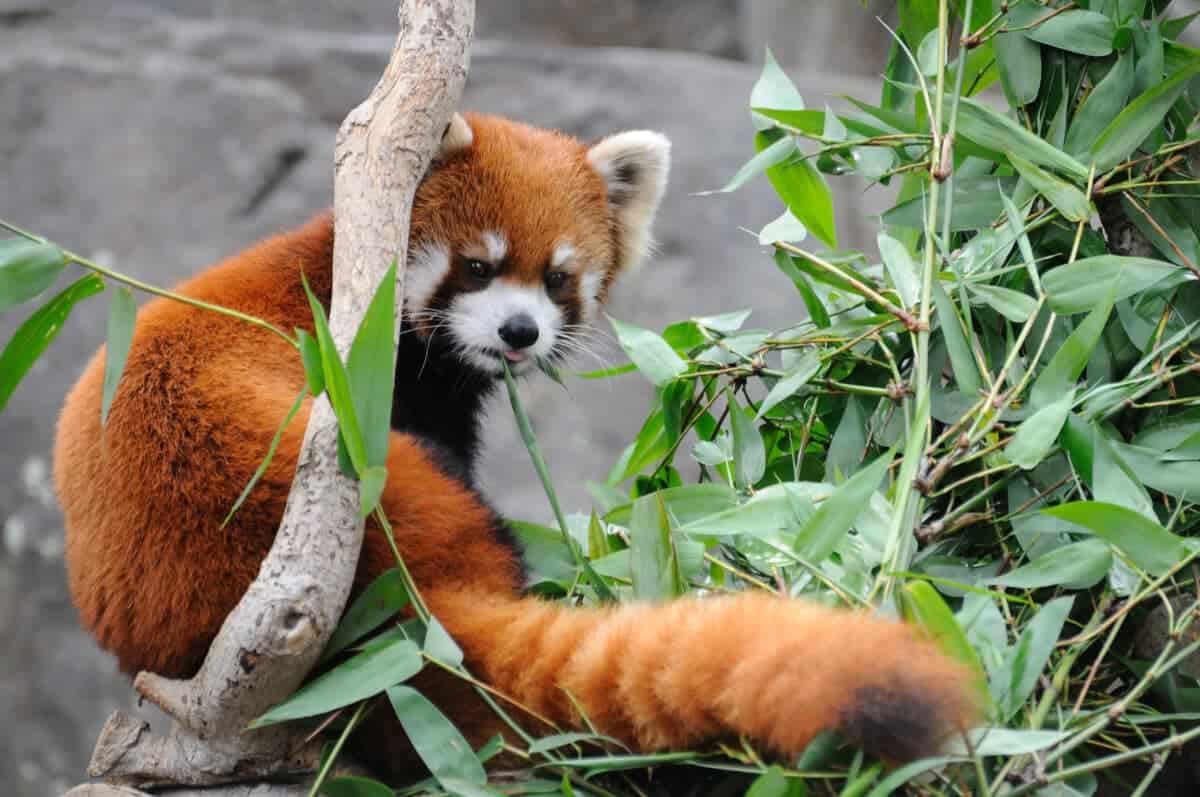
The red panda, a small and beautiful mammal with a reddish-brown coat, is commonly found in the Himalayan regions and China. Though a carnivore, it has a sweet tooth, too, as it uses its opposable or pseudo-thumb to chew bamboo. This thumb is simply an extension of its wrist bone. In winter, its fluffy tail acts as a pillow and keeps itself warm.
25. Serval – African’s “giraffe cat”
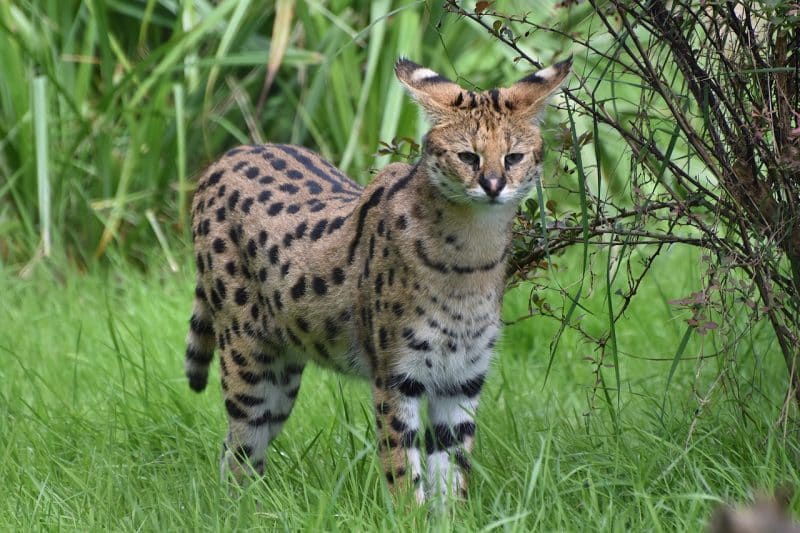
Serval is a medium-sized, sleek, wild cat with the longest legs among the cat relatives. It has a small head and a short, black-tipped tail. Its tawny coat has both black spots and lines, like a cheetah. Its long neck and large ears help it keep alert from its predators. Living in a grassy area, it can climb trees and play in the streams and rivers.
26. Snow Leopard – Ghost of the Mountains
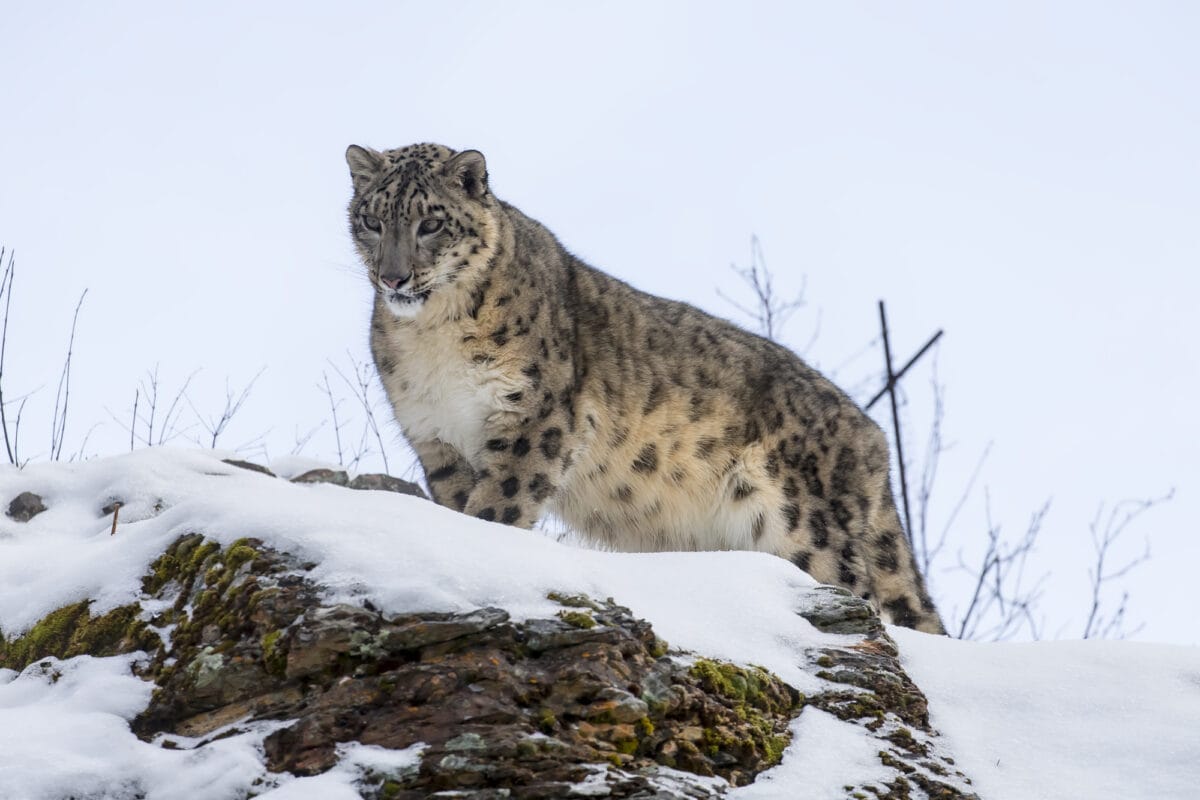
Though natives of mountainous regions in Central and South Asia, snow leopards are rarely seen by humans. Their long white-greyish spotted fur and a long tail of more than 80cm keep their body insulated and adaptable to cold weather. They are short-legged with broad paws to walk on the snow easily.
27. Tibetan antelope – Guard of their habitats
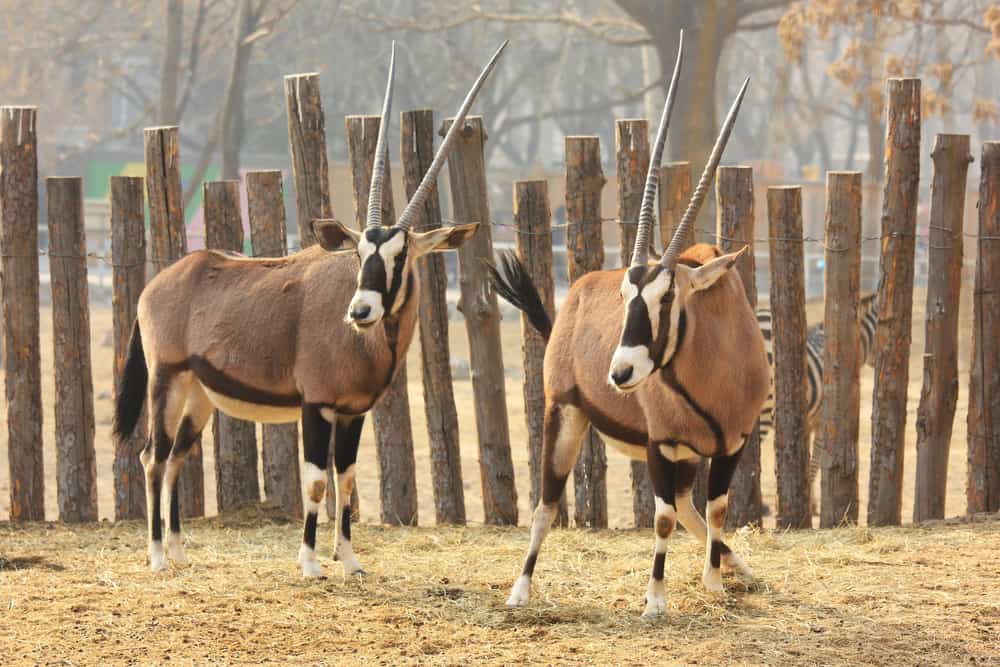
Also known as “chiru”, Tibetan antelope have reddish-brown thick and woolly coats with long guard hairs. They are typical gazers and help circulate seeds to increase the amount of vegetation in the area. They, themselves, are a food source for predators such as snow leopards, lynx, and wolves. Their underfur is famous for making soft yet warm shawls and other fashion items.
28. Topi – Monitors of grassland ecosystem
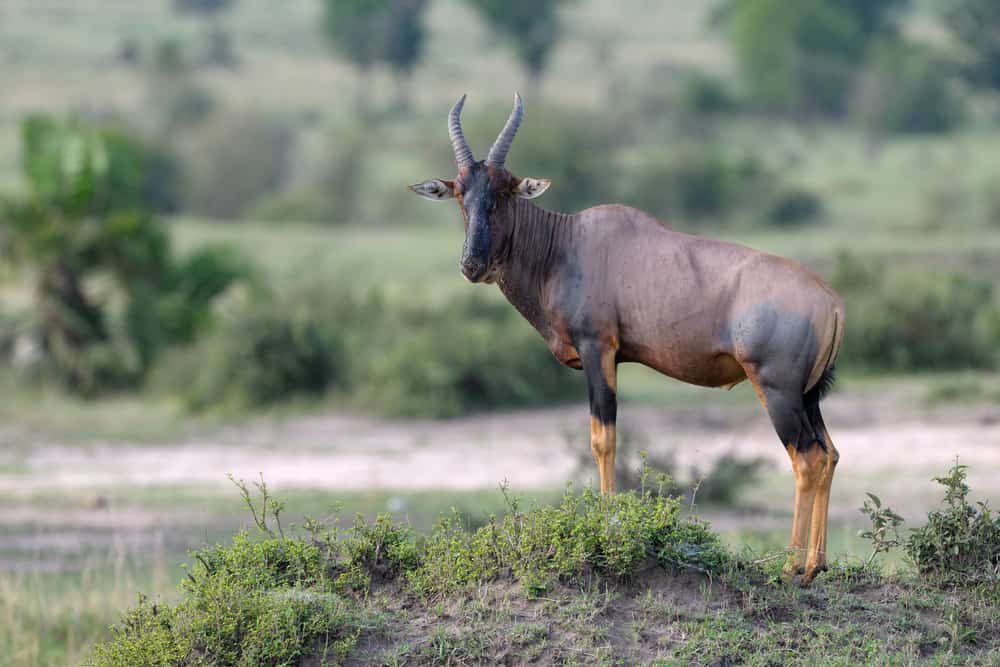
Inhabitants of eastern Africa, topis, are medium-sized antelopes with blue-greyish coats. With their yellowish-tan long legs, they can run at a speed of 80kmph. They have long, angled horns with a black patch and elongated snout over the forehead. Their facial glands secrete scents that protect them against parasites. Being herbivores, they tend to control vegetation growth, thereby balancing grassland ecosystems.
29. Vervet Monkey – Highly Intelligent “Green monkeys”
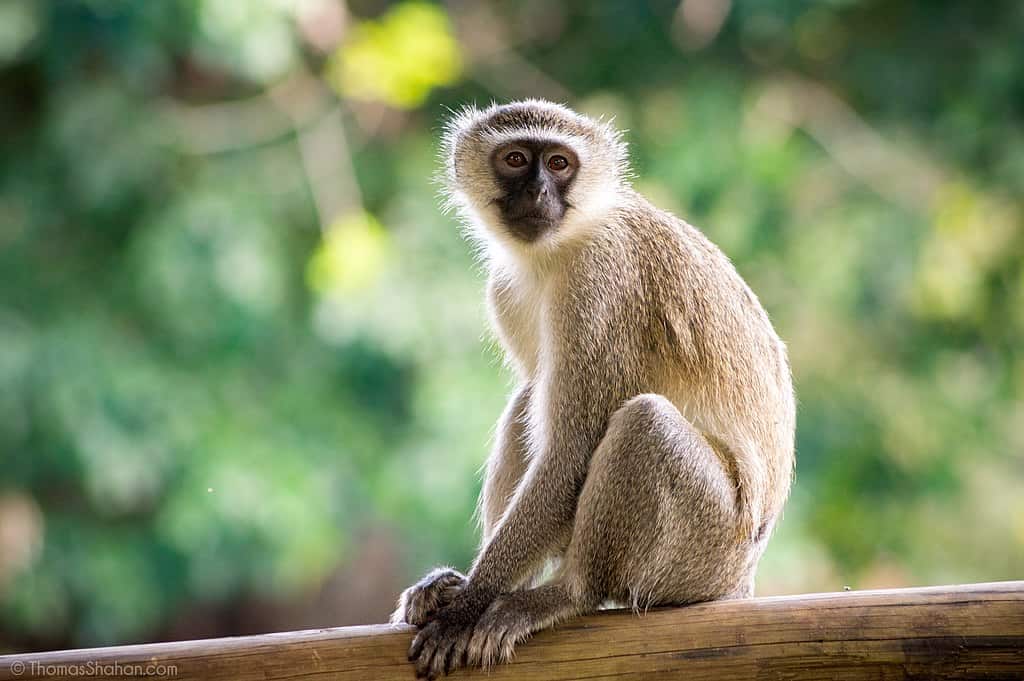
Native to African wildlife, vervet monkeys have greenish-olive bodies with black faces, arms, legs, and tails. They are small species of monkeys and have white fur on their cheeks and brows. They are semi-terrestrial species that are highly social and communicate through vocal cells. Surprisingly, much like humans, vervets are supposed to have characteristics like hypertension, alcohol dependence, and even anxiety.
30. Warthog – Pumbaa of Disney’s The Lion King
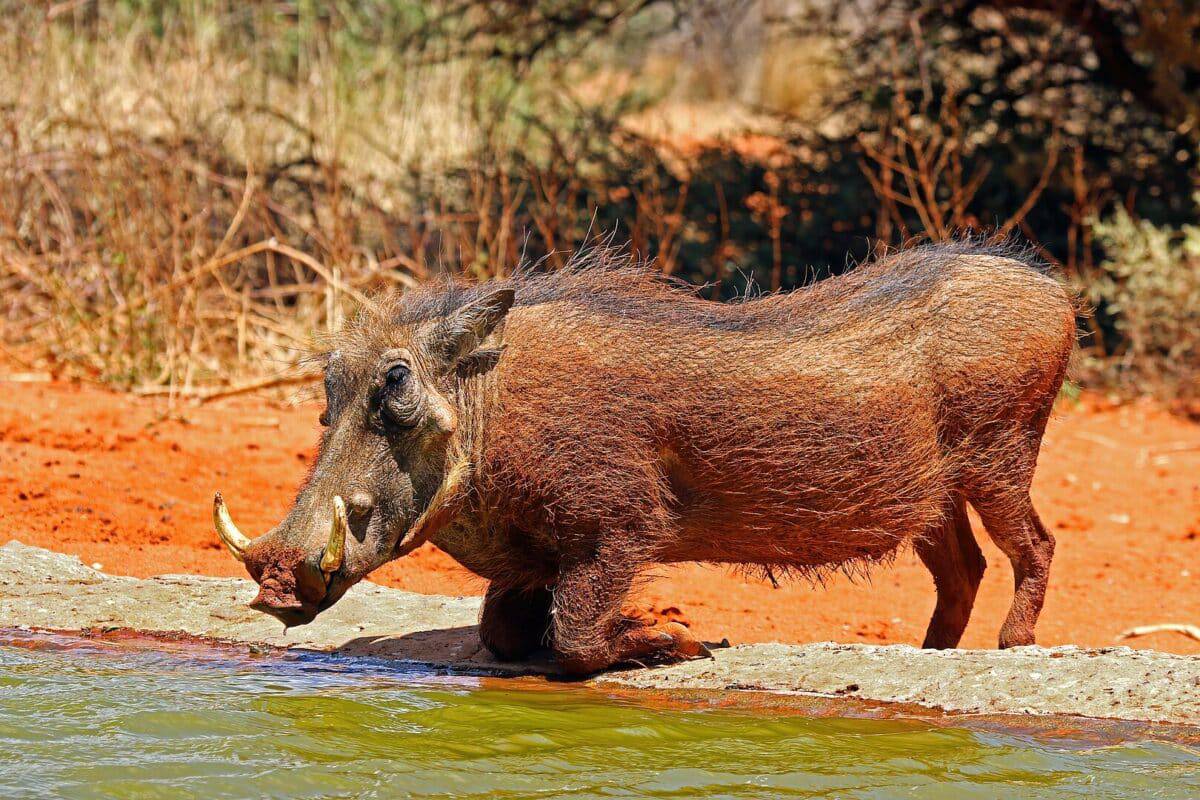
Found in light and open forests of Africa, warthog is a pig-like species with a coarse mane. While running, its long tail with bristles at the end gets upright and looks like a waving flag. They have large, unusual tusks: one pair at the lower jaw tends to act as a sharp weapon, and the other at the upper jaw emerges inward and upward to form a semi-circle.
Thanks for reading about these endangered “wildlife heroes.” We hope you will visit them. Do share your experience with us. Also, don’t forget to give your valuable opinions on how we can save them from becoming extinct.
You may also like:
- Watch the World’s Rarest Zebra Discovery
- Discover: 5 African Cats You’ve Never Heard About
- Nocturnal Animals of America
- Alligator Named Fluffy Rescued By Landscaper in Pennsylvania - May 17, 2024
- Bonded With A Polar Bear - May 17, 2024
- Meet The Affectionate Alligator and His Keeper - May 15, 2024

